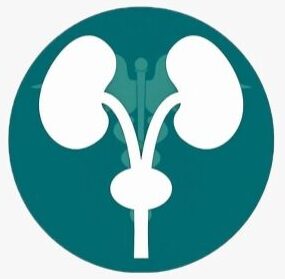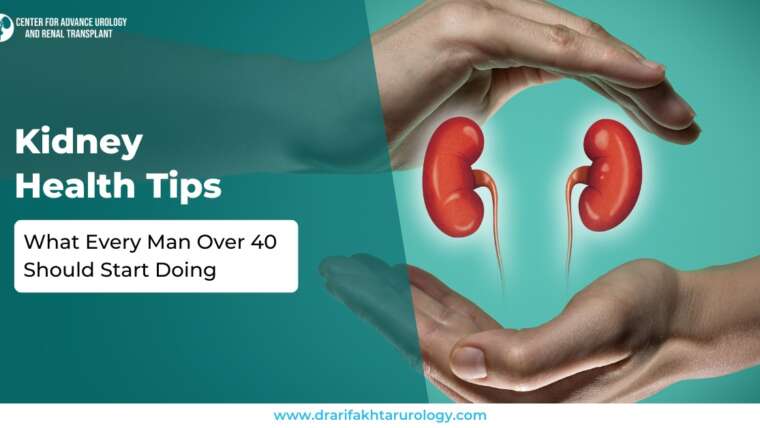Introduction
Prostate surgery is a medical procedure performed to treat various conditions affecting the prostate gland, which is a small walnut-shaped gland located just below the bladder in men.
The purpose of prostate surgery is to alleviate symptoms, improve quality of life, and, in some cases, treat prostate cancer.
In this comprehensive guide, we will explore the common indications for prostate surgery, the different surgical procedures available, and what to expect during the recovery process.
Common Indications for Prostate Surgery
There are several indications that may warrant prostate surgery. The most common reasons include:
Benign Prostatic Hyperplasia (BPH): BPH is a non-cancerous condition where the prostate gland enlarges, causing urinary symptoms such as frequent urination, weak urine flow, and difficulty emptying the bladder. When medications and lifestyle changes fail to provide relief, surgery may be recommended.
Prostate Cancer: Surgery is a common treatment option for localized prostate cancer, where the cancer is confined to the prostate gland. Depending on the stage and aggressiveness of the cancer, different surgical techniques may be employed.
Prostatitis: Prostatitis is an inflammation of the prostate gland, often caused by infection. In some cases, surgery may be necessary if the infection does not respond to conservative treatments or if there are complications such as abscess formation.
Explanation of Different Surgical Procedures
Transurethral Resection of the Prostate (TURP): TURP is the most common surgical procedure for treating BPH. It involves removing excess prostate tissue through the urethra using a resectoscope. This procedure can alleviate urinary symptoms and improve urine flow.
Prostatectomy: Prostatectomy refers to the complete removal of the prostate gland. It is commonly performed for localized prostate cancer. There are different types of prostatectomy, including radical prostatectomy (open or laparoscopic), robotic-assisted prostatectomy, and transurethral prostatectomy.
Pre-operative Preparation and Expectations
Before undergoing prostate surgery, a thorough evaluation will be conducted, including medical history, physical examination, imaging tests, and sometimes prostate biopsies.
Your healthcare provider will explain the procedure, discuss potential risks and benefits, and answer any questions you may have.
It is important to follow pre-operative instructions such as fasting and discontinuing certain medications.
Step-by-step Overview of the Surgical Process
The surgical process varies depending on the specific procedure being performed.
However, in general, the steps involved in prostate surgery include anesthesia administration, accessing the prostate gland (either through the urethra or through an incision in the abdomen), removing or treating the affected prostate tissue, and ensuring proper hemostasis.
The duration of the surgery and the type of anesthesia used will depend on the procedure and individual patient factors.
Potential Risks and Complications Associated with Prostate Surgery
Like any surgical procedure, prostate surgery carries certain risks and potential complications.
These can include bleeding, infection, urinary incontinence (temporary or permanent), erectile dysfunction, retrograde ejaculation, and, in rare cases, damage to surrounding structures.
It is essential to discuss these risks with your surgeon and understand the potential outcomes before making a decision.
Post-operative Care and Recovery Guidelines
After prostate surgery, you will be closely monitored in a recovery area. The length of the hospital stay varies depending on the procedure and individual factors.
You may experience some discomfort, urinary catheterization, and instructions for wound care and pain management.
It is important to follow your healthcare provider’s instructions regarding diet, physical activity, medications, and hygiene to ensure proper healing and minimize complications.
Tips for a Smoother Recovery and Minimizing Discomfort
Follow post-operative instructions: Adhere to the guidelines provided by your healthcare provider regarding medications, diet, and physical activity. Take prescribed pain medications as directed to manage discomfort effectively.
Take care of the surgical site: Keep the incision clean and dry to prevent infection. Follow any dressing changes or wound care instructions given by your healthcare provider.
Manage urinary catheterization: If a urinary catheter has been placed, follow instructions on how to care for and empty the catheter bag. Maintain good hygiene to minimize the risk of urinary tract infections.
Gradually resume physical activity: Engage in light activities as advised by your healthcare provider. Gradually increase activity levels over time. Avoid heavy lifting or strenuous exercises until cleared by your surgeon.
Practice pelvic floor exercises: Pelvic floor exercises, such as Kegels, can help strengthen the muscles around the prostate and improve urinary control. Consult your healthcare provider for guidance on the appropriate exercises and technique.
Maintain a healthy diet: Eat a well-balanced diet that includes fiber-rich foods to prevent constipation, which can put strain on the surgical site. Stay hydrated by drinking plenty of fluids unless otherwise advised.
Seek emotional support: Understand that recovering from prostate surgery can be emotionally challenging. Reach out to friends, family, or support groups for emotional support and guidance during the recovery period.
Attend follow-up appointments: Regularly visit your healthcare provider for scheduled follow-up appointments. These visits allow monitoring of your progress, assessment of any complications, and adjustment of the treatment plan if necessary.
Long-Term Outcomes and Follow-up after Prostate Surgery
Long-term outcomes following prostate surgery depend on several factors, including the underlying condition, surgical technique, individual health, and adherence to post-operative care.
In cases of BPH, many men experience significant improvement in urinary symptoms and quality of life. For prostate cancer, surgery can offer a chance for complete removal of the cancerous tissue.
Follow-up visits, including regular prostate-specific antigen (PSA) testing, may be recommended to monitor for any signs of recurrence or complications.
Conclusion
Prostate surgery is a common medical intervention performed to address various prostate-related conditions, such as BPH and prostate cancer.
Understanding the indications for surgery, different procedures available, and what to expect during the recovery process is crucial in making informed treatment decisions.
By following pre-operative preparation instructions, adhering to post-operative care guidelines, and attending follow-up appointments, individuals can optimize their recovery and achieve favorable long-term outcomes.
Remember, each case is unique, and it is important to consult with your healthcare provider to determine the most appropriate treatment approach for your specific situation.




